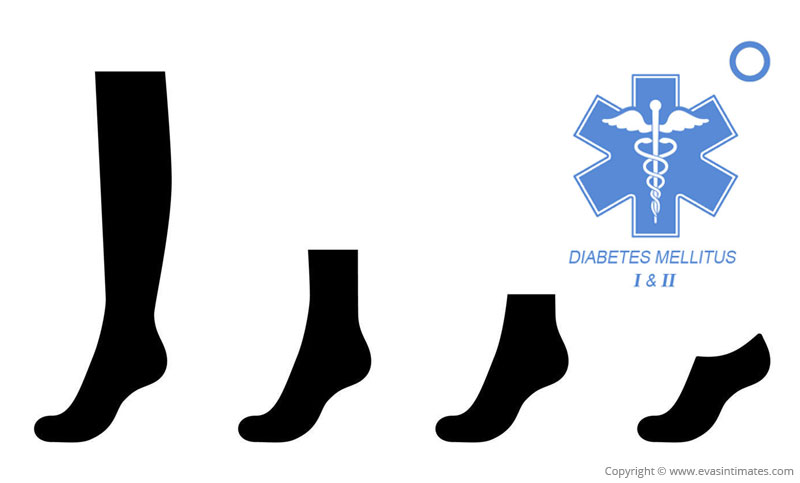Finding the right length for diabetic socks

If you are diabetic, finding the right socks can make a big difference in your comfort and health. Regular socks may not be thick enough to protect your feet from irritation and injury, while diabetic socks are designed to provide extra cushioning and support. Here are some examples. But just as important as finding the right material is finding the right length—there’s no one-size-fits-all when it comes to diabetic socks.
Diabetic Sock Length Options
When it comes to finding the right length of sock for you, you have three main options: ankle socks, mid-calf socks, and knee-high socks. Each length has its own advantages, so let’s take a look at each option in more detail.
Ankle Socks – These are the shortest type of diabetic sock available, stopping just above your ankles. They are ideal for those who don’t need or want any extra coverage on their calves or shins. They also tend to be cooler than longer styles because they allow more air circulation around your feet.
Mid-Calf Socks – Mid-calf diabetic socks reach up to just below the knee and offer more coverage than ankle styles without being too constricting around your legs. They provide enough support for most people with diabetes without needing to go up even higher in length.
Knee-High Socks – Knee-high diabetic socks extend all the way up to just below your knees and provide maximum coverage and protection from irritation or injury on your legs or feet. They are best suited for those who need extra cushioning along their lower legs or who suffer from swollen ankles or calves.
Which length should you choose?
When it comes to choosing the right length of sock for you as a diabetic person, there is no one size fits all solution—it depends entirely on what kind of coverage you need and prefer! An ankle sock is great if you don't need any extra support on your calf or shin; mid-calf is perfect if you need some added coverage but don't want something too constricting; while knee-high offers full coverage and cushioning all the way up past your knees.